Growing organic broccoli in your kitchen garden is one of the most rewarding gardening experiences. Broccoli is not just a delicious and nutrient-rich vegetable, but it also grows beautifully when you give it the right care. With a few simple techniques, you can speed up the growing process and harvest healthy, organic broccoli right from your backyard or balcony garden.
In this detailed guide, we’ll explore how to fast grow organic broccoli in your kitchen garden, covering everything from seed selection and soil preparation to watering, pest control, and harvesting tips. Let’s get started!
Why Grow Broccoli in Your Kitchen Garden?
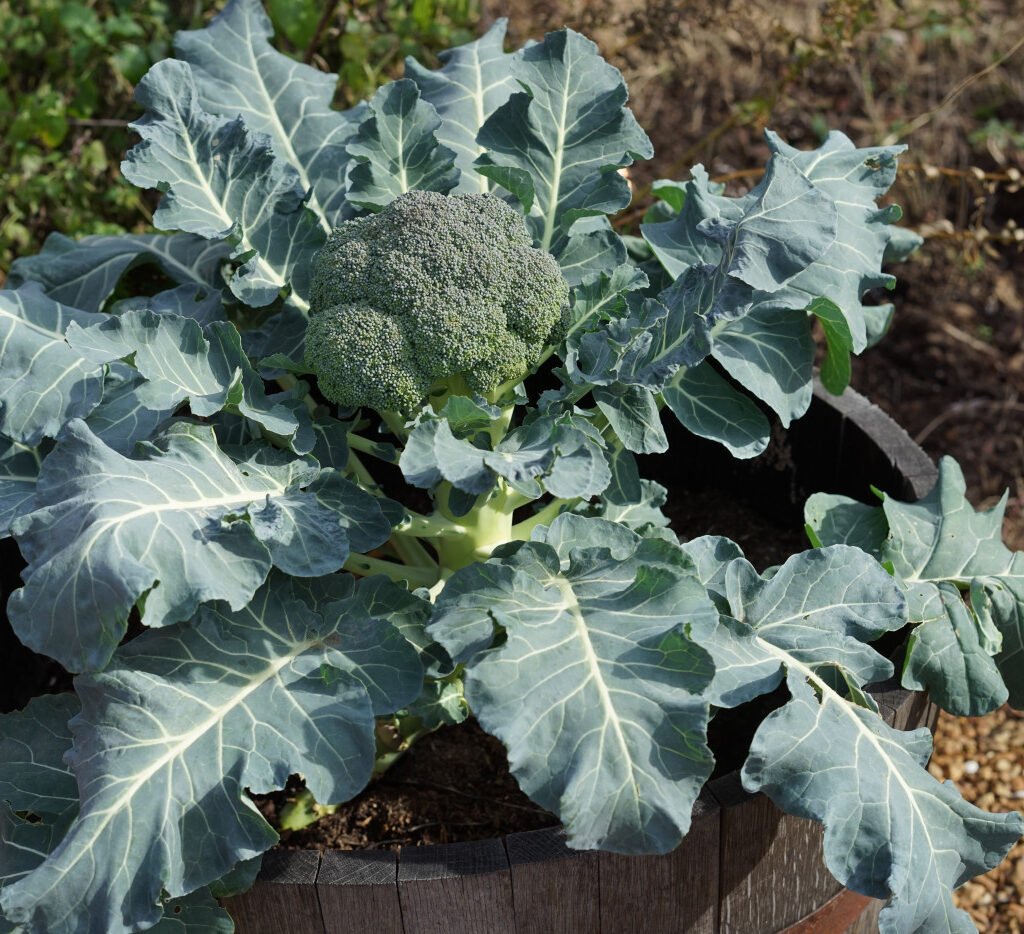
Before jumping into the growing steps, let’s look at why broccoli is worth growing at home:
- Highly Nutritious: Broccoli is rich in vitamins A, C, K, calcium, and antioxidants that boost immunity and overall health.
- Chemical-Free Produce: Growing it organically means no harmful pesticides or synthetic fertilizers—just clean, healthy food.
- Space-Efficient: Broccoli can thrive in containers or raised beds, making it perfect for small kitchen gardens.
- Cool-Season Crop: Broccoli grows best in mild weather, making it ideal for winter or early spring gardening in most regions.
Step 1: Choosing the Right Broccoli Variety
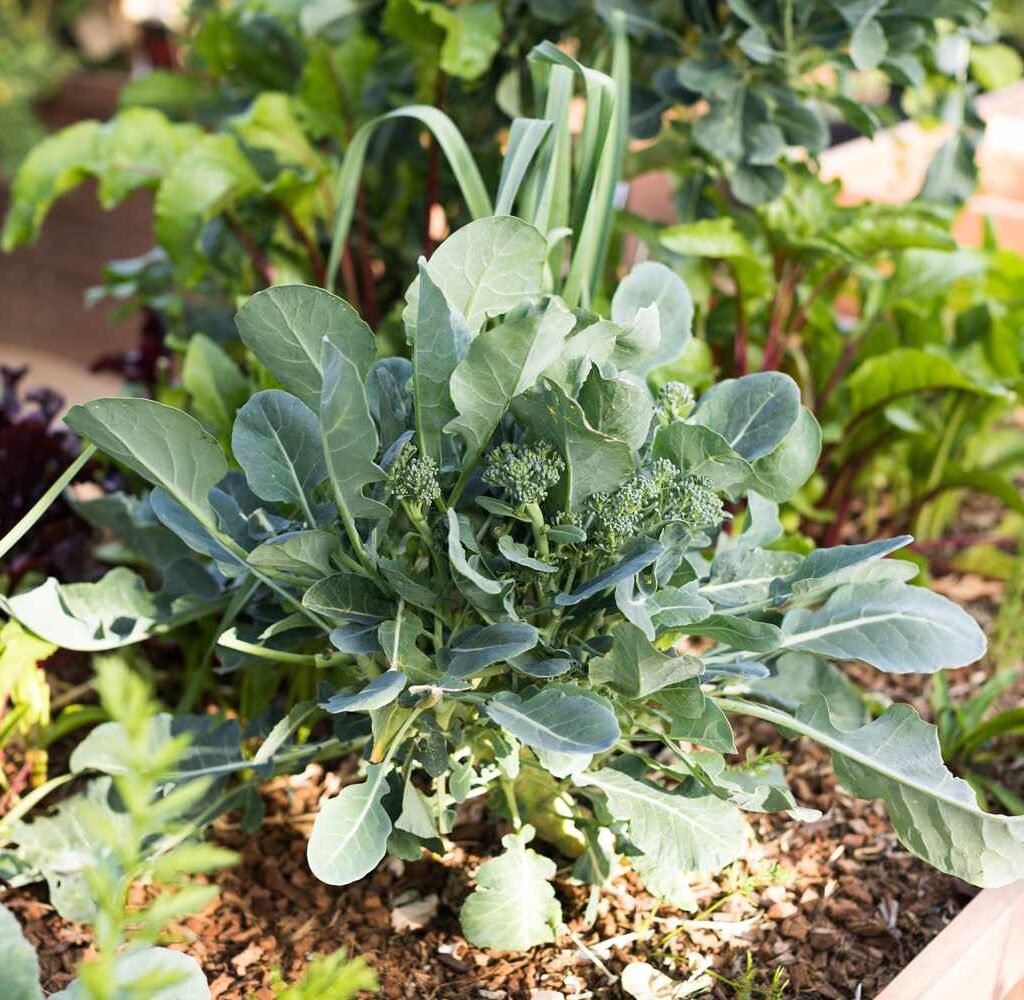
For fast and healthy growth, select a variety suited to your climate and garden space. Some quick-maturing varieties include:
- Calabrese Broccoli: A classic, quick-growing variety with large green heads.
- De Cicco: Early-maturing and great for small gardens.
- Waltham 29: Hardy and ideal for slightly cooler climates.
- Green Magic: Popular hybrid known for uniform growth and smooth heads.
Pro Tip: If you live in a warmer region, look for heat-tolerant varieties to avoid early bolting (flowering too soon).
Step 2: Preparing Nutrient-Rich Organic Soil
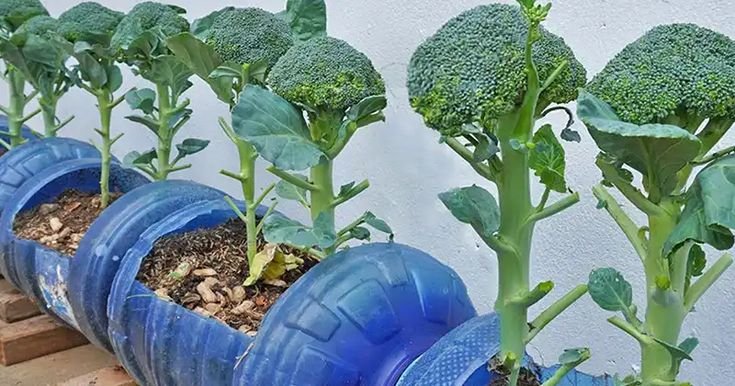
Broccoli loves fertile, well-drained soil with a pH between 6.0 and 7.0. To make your soil nutrient-rich and organic:
- Mix in Compost: Add plenty of decomposed organic compost or cow dung manure.
- Add Vermicompost: Boosts microbial activity and root growth.
- Use Neem Cake or Bone Meal: These organic amendments provide nitrogen and phosphorus for faster, stronger plant development.
- Loosen the Soil: Broccoli roots grow deep, so till the soil to at least 12 inches deep for proper aeration and drainage.
If growing in pots, choose a large container (12-14 inches deep) and ensure proper drainage holes.
Step 3: Planting Broccoli Seeds or Seedlings
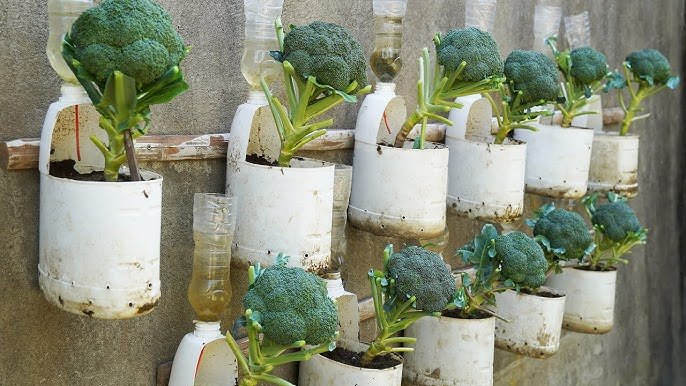
You can start broccoli from seeds or nursery seedlings depending on your time and convenience.
From Seeds:
- Sow seeds ½ inch deep in seed trays or small pots.
- Keep them in a semi-shaded area and mist daily to keep the soil moist.
- Germination takes about 5–10 days.
- Once seedlings have 4–5 true leaves and are about 4 inches tall, transplant them into the garden or larger pots.
From Seedlings:
If you want a faster start, buy healthy, pest-free broccoli seedlings from an organic nursery and transplant them directly into the soil.
Spacing:
- Keep 18 inches between plants and 24 inches between rows to allow proper airflow and prevent disease.
Step 4: Watering and Sunlight Requirements
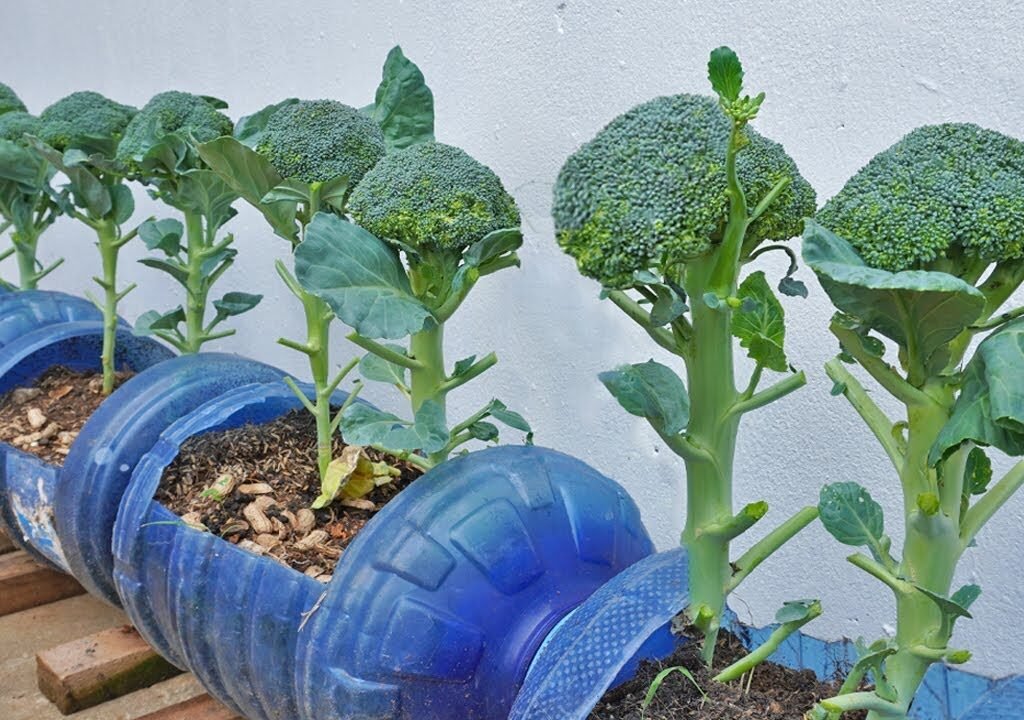
Broccoli grows best with consistent moisture and sunlight.
- Watering: Keep the soil evenly moist but not soggy. Water deeply once or twice a week depending on weather. Avoid overhead watering to reduce fungal diseases.
- Mulching: Apply a 2-inch layer of organic mulch (like dry leaves or straw) around the base. It helps retain moisture and keeps the soil cool.
- Sunlight: Broccoli needs 6–8 hours of sunlight daily. If growing indoors or on a balcony, ensure it gets bright indirect light.
Step 5: Feeding the Plants Organically
To promote faster growth and healthy heads, organic feeding is crucial. Use these natural fertilizers:
- Compost Tea or Vermiwash: Apply every 10–15 days to encourage leafy growth.
- Seaweed Extract or Fish Emulsion: Boosts nutrient uptake and strengthens plant structure.
- Banana Peel Fertilizer: High in potassium, great for producing firm broccoli heads.
- Cow Dung Slurry: Use once a month for nitrogen support.
Avoid chemical fertilizers, as they can disturb the soil’s natural balance and reduce organic quality.
Step 6: Natural Pest and Disease Control
Common broccoli pests include aphids, caterpillars, cabbage worms, and flea beetles. To keep them under control organically:
- Neem Oil Spray: Mix 5 ml of neem oil with 1 liter of water and spray weekly.
- Garlic-Chili Spray: Natural repellent that keeps pests away.
- Handpick Caterpillars: Inspect leaves regularly and remove pests manually.
- Companion Planting: Grow marigold, basil, or mint near broccoli to repel harmful insects.
Also, avoid waterlogging to prevent fungal diseases like root rot or powdery mildew.
Step 7: Temperature and Growing Conditions
Broccoli prefers cool weather—ideal temperatures range between 15°C to 25°C (59°F to 77°F).
If temperatures rise above 30°C (86°F), the plants may bolt (produce flowers early), which affects the taste and texture.
To manage this:
- Use shade nets in warmer months.
- Mulch generously to keep roots cool.
- Water in early morning or evening to reduce heat stress.
Step 8: Pruning and Maintenance
Regular maintenance ensures better growth and yield.
- Remove Yellow Leaves: Cut off old or damaged leaves to focus energy on head formation.
- Support Growth: As broccoli grows tall, support the main stem if needed to prevent bending.
- Weed Control: Remove weeds regularly to prevent nutrient competition.
Step 9: Harvesting Broccoli
The most exciting part!
Broccoli is ready to harvest about 60–90 days after planting, depending on the variety and growing conditions.
How to Know It’s Ready:
- The central head should be firm, compact, and deep green.
- Harvest before the small flower buds open or turn yellow.
How to Harvest:
- Use a sharp knife to cut the main head 5–6 inches below the head, including a portion of the stem.
- Leave the plant in place—smaller side shoots will continue to grow, giving you multiple harvests over time.
Step 10: Aftercare and Continuous Harvest
Even after the main harvest, your broccoli plant isn’t done!
- Keep watering and feeding lightly with compost tea.
- You’ll see side shoots emerging from the base after 1–2 weeks—these smaller florets can be harvested too.
- Continue this until the plant naturally completes its cycle.
Bonus Tips for Faster Organic Broccoli Growth
- Soak Seeds Before Sowing: Soak in warm water for 8 hours to speed up germination.
- Use Raised Beds: Promotes better drainage and faster root development.
- Add Epsom Salt: Mix 1 tsp in 1 liter of water and spray once a month for magnesium boost.
- Rotate Crops: Avoid planting broccoli in the same spot every season to prevent soil-borne diseases.
- Plant Early: Start seeds early in the season to take advantage of cooler weather.
Health Benefits of Homegrown Organic Broccoli
Homegrown organic broccoli is not only fresher but also more nutritious. Here are some key benefits:
- Boosts Immunity: High vitamin C content supports immune function.
- Supports Digestion: Rich in fiber and antioxidants.
- Anti-Cancer Properties: Contains sulforaphane, known for detoxifying harmful compounds.
- Heart Health: Helps reduce cholesterol and improve circulation.
- Bone Strength: Packed with calcium and vitamin K.
Final Thoughts
Growing organic broccoli in your kitchen garden is easy, fulfilling, and incredibly healthy. By following these steps—choosing the right variety, using nutrient-rich soil, feeding organically, and maintaining consistent care—you can harvest fresh, crunchy, and chemical-free broccoli faster than you think.
Remember, the key to success is patience and consistent organic care. Once you taste your first homegrown broccoli, you’ll realize the flavor difference that comes from growing your own food with love and natural methods.
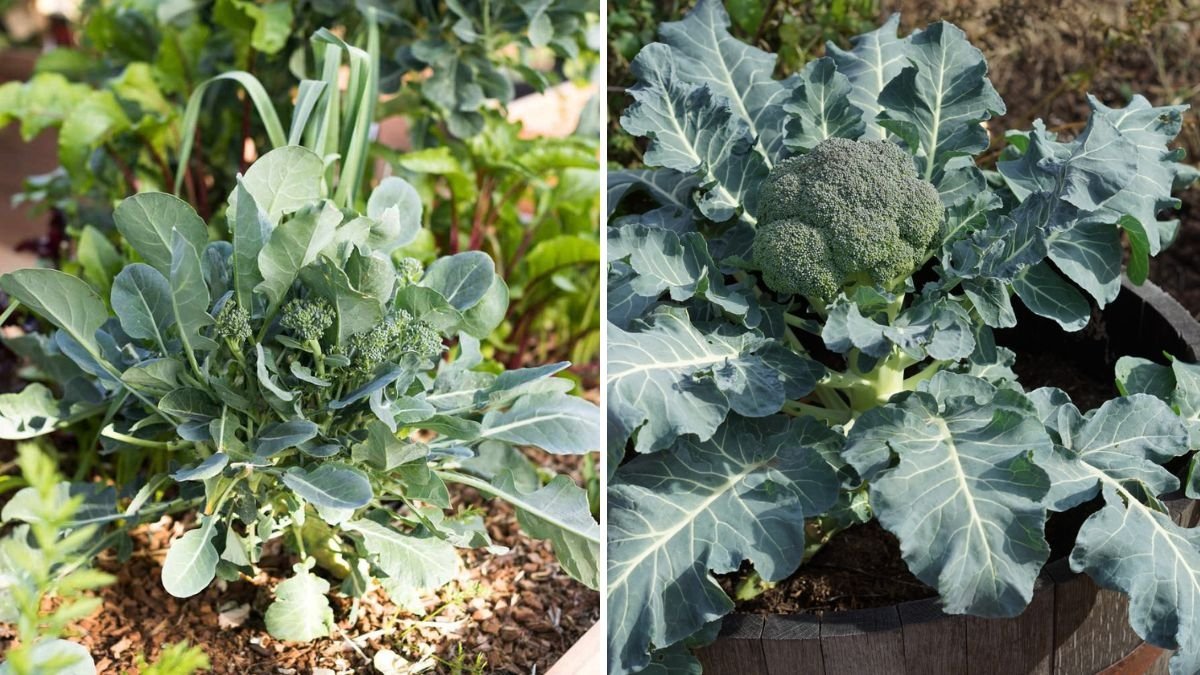


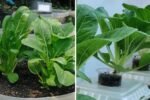


Leave A Comment